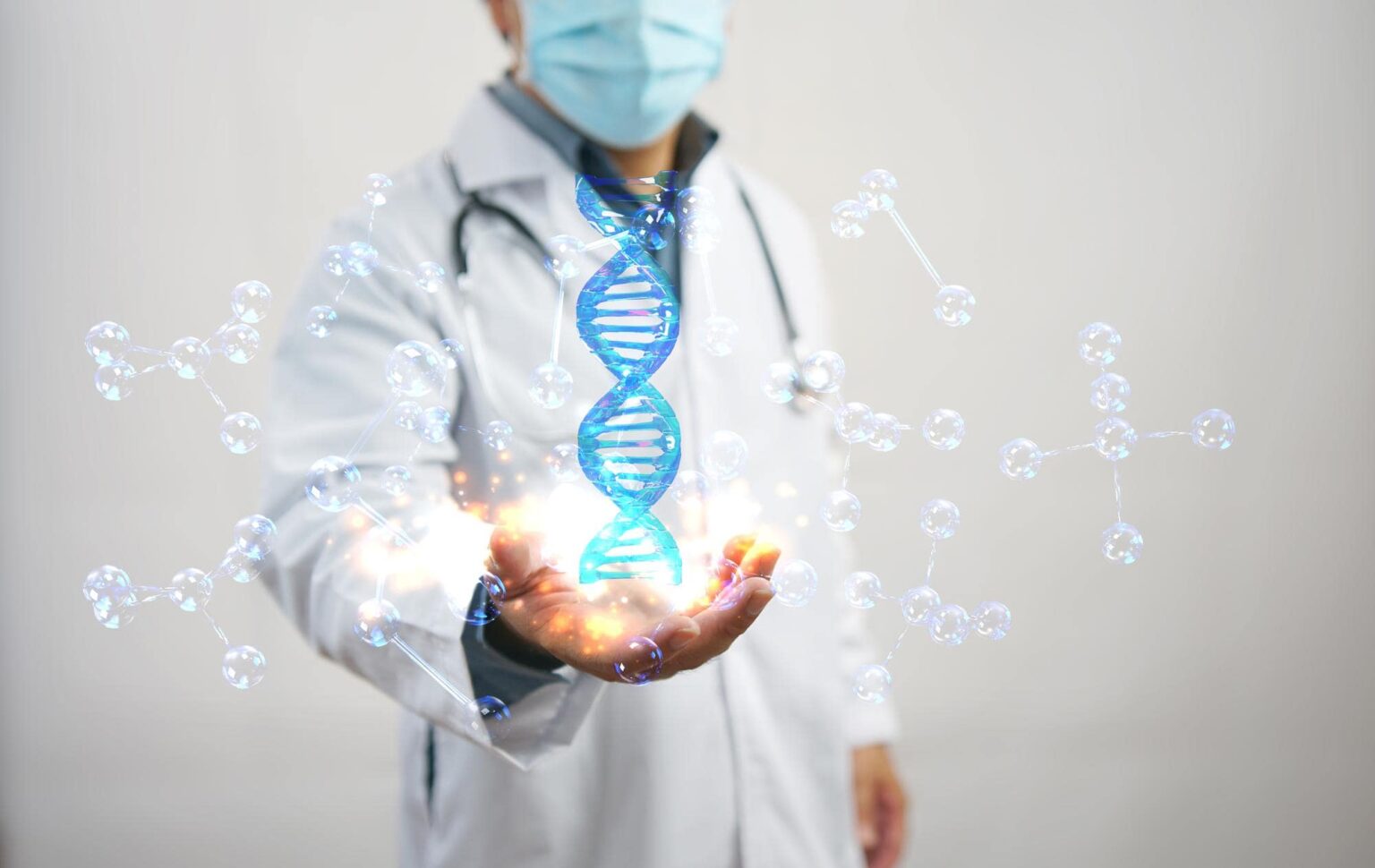Regenerative medicine is an innovative field that aims to restore or replace damaged tissues and organs by harnessing the power of stem cells and other regenerative technologies. Stem cells, in particular, play a central role in regenerative medicine as they have the ability to self-renew and differentiate into various cell types in the body. Here’s how regenerative medicine is harnessing stem cells for tissue repair and regrowth:
- Stem Cell Therapy: Stem cell therapy involves the transplantation of stem cells into damaged or diseased tissues or organs to stimulate repair and regeneration. Different types of stem cells can be used, including embryonic stem cells, induced pluripotent stem cells (iPSCs), and adult stem cells. These stem cells can differentiate into specific cell types, such as neurons, cardiomyocytes, or pancreatic cells, depending on the desired therapeutic outcome. Stem cell therapy shows promise in treating a wide range of conditions, including neurodegenerative disorders, cardiovascular diseases, diabetes, and orthopedic injuries.
- Tissue Engineering: Tissue engineering combines stem cells, biomaterials, and growth factors to create functional, three-dimensional tissues and organs in the laboratory. Stem cells are seeded onto biocompatible scaffolds that provide structural support and promote cell growth and differentiation. Over time, the stem cells populate the scaffold, forming new tissues that can be implanted into the patient. Tissue engineering approaches have been successful in generating skin, cartilage, bone, and blood vessels, among other tissues.
- Organ Transplantation: The shortage of donor organs for transplantation has led researchers to explore the use of stem cells for organ regeneration. By growing organs in the laboratory using a patient’s own stem cells, the need for donor organs and the risk of organ rejection can be mitigated. Scientists are actively working on bioengineering techniques to create functional organs such as kidneys, livers, and hearts using stem cells and tissue engineering approaches.
- Wound Healing and Regeneration: Stem cells are being investigated for their potential to enhance wound healing and tissue regeneration. For example, mesenchymal stem cells (MSCs) have anti-inflammatory properties and can promote the regeneration of damaged tissues. MSCs can be isolated from various sources, including bone marrow, adipose tissue, and umbilical cord tissue. They have shown promise in treating chronic wounds, such as diabetic foot ulcers, and promoting tissue regeneration in conditions like spinal cord injuries.
- Disease Modeling and Drug Discovery: Stem cells, particularly iPSCs, can be generated from patients with specific diseases, providing researchers with valuable tools to study disease mechanisms and test potential therapeutics. These disease-specific stem cells can be differentiated into affected cell types, allowing researchers to understand the disease at a cellular level and screen drugs for efficacy and safety. This approach holds promise for personalized medicine and the development of targeted therapies.
- Future Possibilities: Ongoing research in regenerative medicine explores cutting-edge approaches, such as gene editing technologies like CRISPR, to modify and enhance the therapeutic potential of stem cells. Scientists are also investigating the use of stem cells in combination with biomaterials, growth factors, and other regenerative therapies to create complex, functional tissues and organs.
Regenerative medicine holds significant promise for revolutionizing healthcare by providing regenerative solutions for currently incurable diseases and injuries. While many advancements have been made, there are still challenges to overcome, including ensuring the safety, efficacy, and long-term viability of stem cell-based therapies. Ongoing research, clinical trials, and regulatory oversight are essential to harness the full potential of stem cells and regenerative medicine in improving patient outcomes and quality of life.



